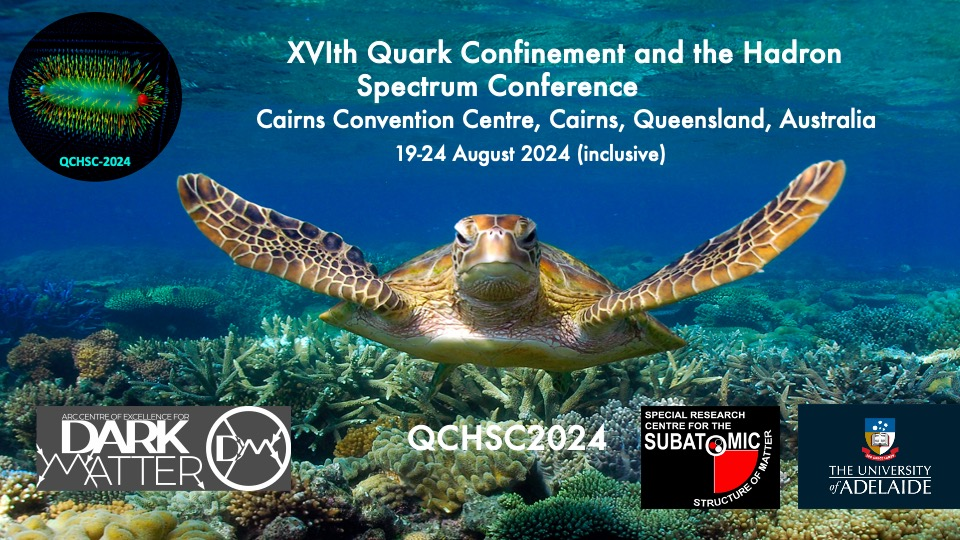Speaker
Description
It has been suggested [1] that the observation of pulsars with the same mass but significantly different radii (twin stars) would prove that the existence of a critical endpoint in the QCD phase diagram since this phenomenon requires a strong phase transition in cold neutron star matter.
We explore whether such a phase transition in neutron star cores, possibly coupled with a secondary kick mechanism such as neutrino or electromagnetic rocket effect, may provide a formation path for isolated and eccentric millisecond pulsars (MSPs) [2].
We find that in compact binary systems (Porb = 8 days) the accretion-induced phase transition occurs towards the end of mass transfer, specifically during the spin equilibrium phase. In contrast, in binary systems with wider orbits (Porb ≃ 22 days), this transition takes place during the subsequent spin-down phase, leading to a delayed collapse. We find that a gravitational mass loss of approximately ∆M ∼ 0.01 M⊙ suffices to produce an eccentricity of the order of 0.1 without the need of a secondary kick mechanism. Wider systems are more prone to yielding highly eccentric orbits and be disrupted, presenting a formation path for isolated MSPs [2].
We show that in hot neutron star matter, at constant entropy per baryon s/n_B ~ 2, thermal twin stars can exist [3], even when in the mass-radius diagram of cold neutron stars the branch of hybrid stars with color superconducting quark matter cores is connected (no twins) to that of pure neutron stars. Investigating systematically star sequences for increasing s/n_b = const, we find a correlation
between the transition to normal quark matter cores, the change from enthalpic to entropic character of the transition and the occurrence of thermal twin stars. We speculate about a correlation of the thermal twin phenomenon with the supernova explodability of massive blue supergiant stars [3].
[1] D. Blaschke, D. E. Alvarez-Castillo and S. Benic, Mass-radiu constraints for compact stars and a
critical endpoint, PoS CPOD2013 (2013), 063, arXiv:1310.3803 [nucl-th]
[2] S. Chanlaridis et al., Formation of twin stars in low-mass X-ray binaries. Implications on
eccentric and isolated millisecond pulsar populations, in preparation (2024)
[3] J. Carlomagno et al., Hybrid isentropic twin stars, arXiv: 2406.17193 (2024)

